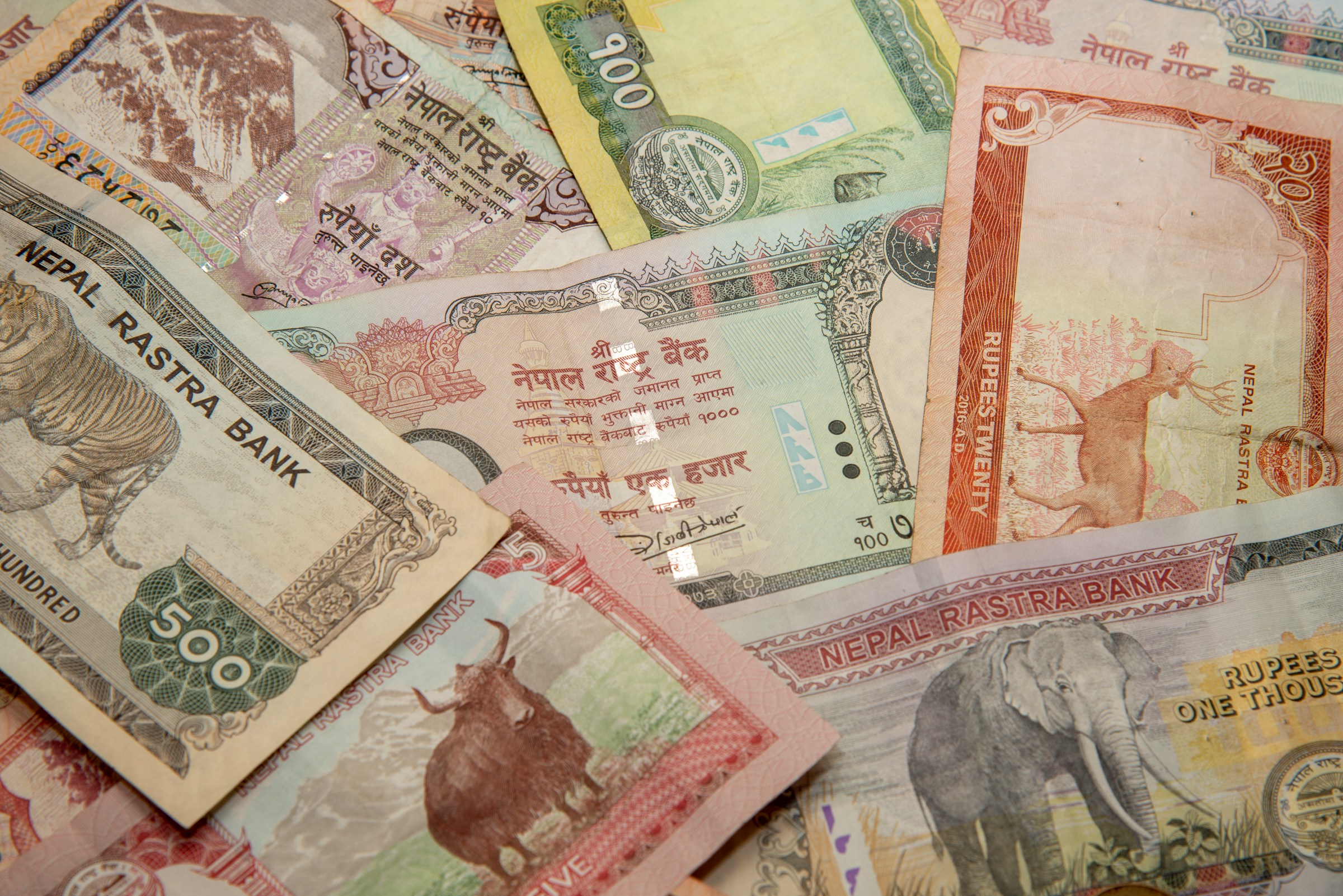Asian currencies may be consolidating—but this quiet is deceptive. With the US Federal Reserve signaling fewer rate cuts than markets anticipated, Asia’s room for policy divergence is narrowing quickly. This isn't merely a macro forecast adjustment. It’s a warning signal on monetary credibility, FX resilience, and capital flight risk.
For central banks from Singapore to Korea, the once-viable strategy of preemptive easing or policy neutrality now comes under pressure. The dollar is holding firmer for longer. And in the background, institutional allocators are reweighting portfolios—away from local currency duration, and toward short-duration USD stability.
This is not simply a tactical rebalance—it reflects shifting confidence in how regional authorities will manage inflation-import risk without synchronized easing from the Fed. In effect, the US is anchoring global capital preferences again, and Asian monetary systems that assumed early decoupling are finding themselves exposed. What looks stable in spot FX may conceal a deeper recalibration underway in sovereign and institutional flows.
In early 2024, many regional central banks had hoped the Fed would begin easing by midyear. That hope shaped domestic posture. Bank Negara Malaysia held its rate unchanged despite inflation upticks. Bank Indonesia cut its benchmark rate in anticipation of global liquidity relief. Korea signaled room to pause, assuming disinflation would be shared.
But the US inflation picture didn’t cooperate. Core services inflation has proven sticky, labor markets resilient, and Fed commentary increasingly hawkish. As a result, rate futures are now pricing in at most one cut by year-end.
This repricing has global implications—but in Asia, the effects are sharper. Local currencies face renewed downward pressure, especially those with high foreign holdings in local debt (Indonesia, India) or exposed export bases (South Korea, Thailand). Policymakers who were cautiously dovish are now forced into defensive crouches, preserving rate stability to avoid FX volatility.
The Monetary Authority of Singapore (MAS), operating via the S$NEER framework, has kept its trade-weighted exchange rate band unchanged in recent meetings. But this stability is conditional, not confident. A hawkish Fed paired with domestic core inflation above 3% could constrain MAS’s ability to ease further—even in the face of economic slowdown.
Bank of Korea has stayed pat since early 2023, but recent commentary emphasizes patience and vigilance. This tone shift is not just rhetorical—it reflects institutional anxiety around capital flight, household debt, and currency vulnerability. Unlike in the past, the central bank cannot lean too far from the Fed without widening risk premiums on local assets.
Bank Indonesia, which delivered a rate cut earlier this year, has been forced to re-intervene via spot and non-deliverable forwards to stabilize the rupiah. The result: rising reserve burn and growing concerns about policy misalignment.
Asia’s dilemma is now evident—if the Fed holds rates high through 2025, central banks that moved early may face reserve depletion and imported inflation. Those that stayed cautious are rewarded not for growth, but for capital posture discipline.
The apparent consolidation of Asian currencies masks structural tension. Forward markets in several economies are quietly shifting. Korea’s 3-month FX forwards are pricing in mild depreciation. The rupiah has traded near its lowest level since Q1, requiring repeated central bank intervention. India’s rupee, though stable, is being supported by public sector banks buying dollars on behalf of the Reserve Bank of India.
Equity inflows have slowed. Local bond market interest from foreign institutions remains tepid. Sovereign funds, especially in the Gulf and East Asia, are selectively rebalancing to safer USD-denominated debt. No panic. But no conviction, either. What we’re seeing is quiet divergence. Markets are rewarding yield and punishing fragility. That means lower tolerance for easing in Asia, even where growth flags.
This moment is not about inflation—it’s about capital signaling. Regional central banks must now defend their credibility as stewards of FX stability, not just domestic growth. The Fed’s posture has raised the floor for interest rate parity. Any misstep in regional monetary policy could trigger bond outflows or currency repricing.
Asian currency stability today isn’t strength. It’s a pause—an uneasy equilibrium maintained by institutional restraint and reserve signaling. Whether that holds depends not just on the Fed, but on how regional authorities balance domestic imperatives with global capital logic.
What’s emerging is a bifurcation. Markets are beginning to price economies by their perceived monetary discipline, not just fundamentals. Singapore’s MAS benefits from structural credibility and balance sheet depth. Indonesia and Thailand face higher scrutiny, particularly given their external vulnerability. This divergence may harden as US yield resilience persists. In this environment, FX policy is no longer just macroeconomic—it is strategic signaling for sovereign and institutional allocators alike.














